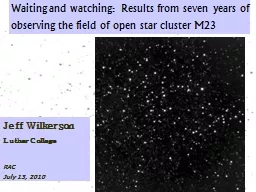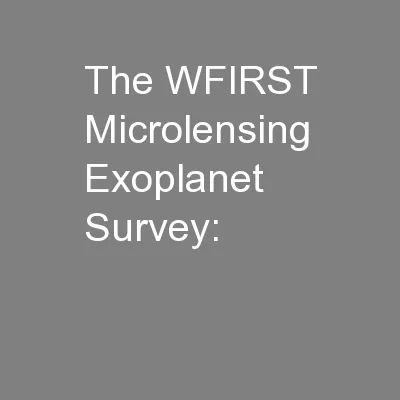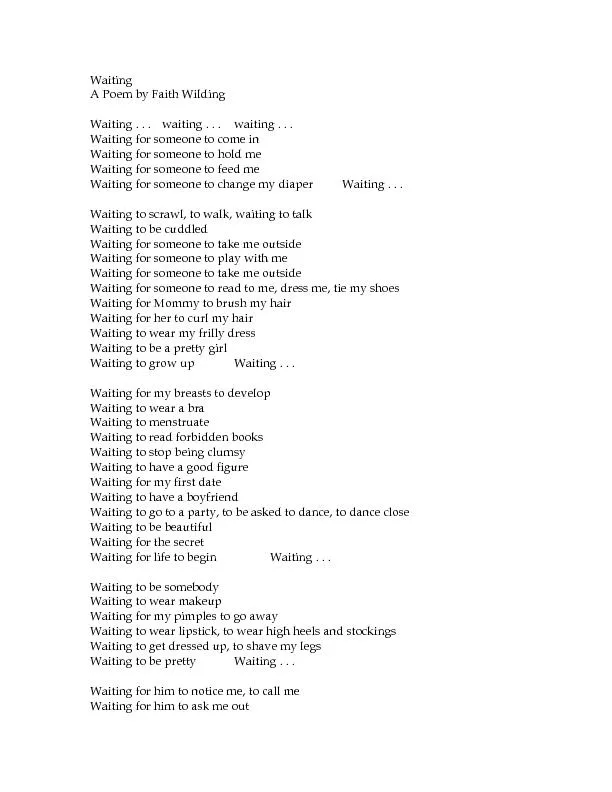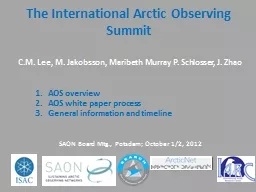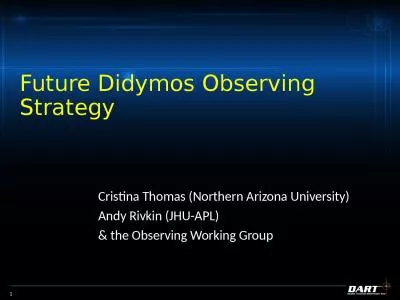PPT-Waiting and watching: Results from seven years of observing the field of open star cluster
Author : conchita-marotz | Published Date : 2018-10-05
23 Jeff Wilkerson Luther College RAC July 13 2010 We image 3 clusters per year M23 and two others Image durations 2 to 12 seconds unfiltered Campaign durations 5
Presentation Embed Code
Download Presentation
Download Presentation The PPT/PDF document "Waiting and watching: Results from sev..." is the property of its rightful owner. Permission is granted to download and print the materials on this website for personal, non-commercial use only, and to display it on your personal computer provided you do not modify the materials and that you retain all copyright notices contained in the materials. By downloading content from our website, you accept the terms of this agreement.
Waiting and watching: Results from seven years of observing the field of open star cluster: Transcript
Download Rules Of Document
"Waiting and watching: Results from seven years of observing the field of open star cluster"The content belongs to its owner. You may download and print it for personal use, without modification, and keep all copyright notices. By downloading, you agree to these terms.
Related Documents

